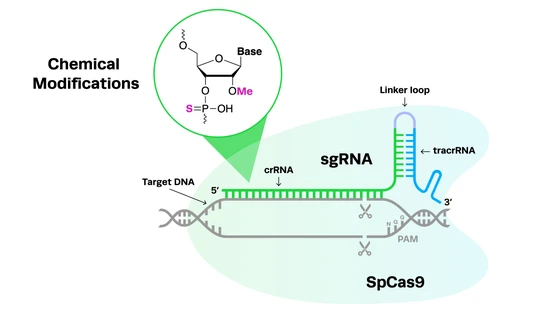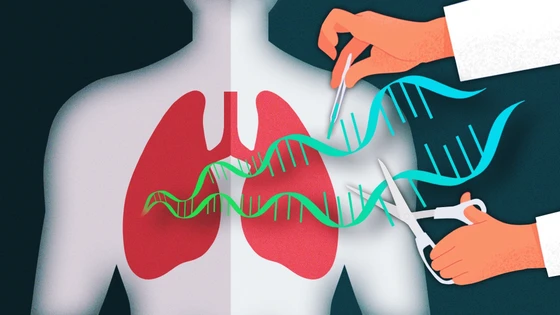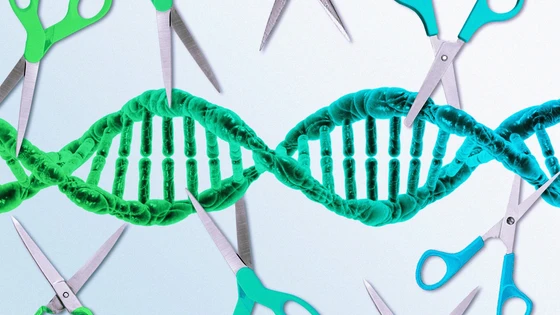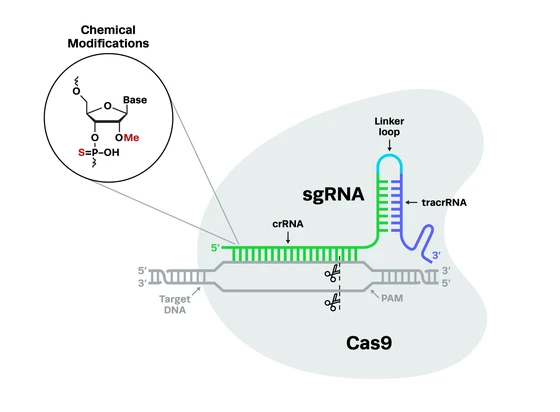Some of the foods we know and love could be gone from the planet faster than you might think - chocolate might be gone in 40 years and oranges are under threat as well. Something must be done in the world of agriculture to prevent this, and even more seriously, to prevent mass starvation when humans reach or exceed their carrying capacity. So, what can be done?
One answer to all these dilemmas lie in genetically modified organisms (GMOs). The World Health Organization defines GMOs as organisms (i.e. animals and plants) that harbor modifications in their DNA that do not naturally occur. These modifications can address many issues the agriculture industry faces, such as diminished crop yields, by increasing longevity and survival in harsh conditions. While the definition of “naturally occurring” can differ between people, CRISPR gene editing may be thought of as a form of genetic modification.
CRISPR Foods
The ability of CRISPR gene editing in crops has resulted in a boom in the study and production of modified foods. Experts estimate that we’ll be eating CRISPR-modified foods within 5-10 years. So which foods exactly will be popping up in supermarkets in the near future? And will they be safe to consume? We’ll answer this and more, telling you everything you need to know about CRISPR agriculture, including:
- 6 CRISPR crops already in the works
- 18 Other CRISPR-modified foods coming in the future
- The promise of CRISPR agriculture: Common farming challenges CRISPR is overcoming
- Genetically modified vs gene edited crops: Is there a difference?
- Democratizing CRISPR: what’s regulated, and what’s in store for the future?
Let’s start by going over the foods that are already being tested, and are likely to be some of the first available on the market.
6 CRISPR Crops Already in the Works
1. CRISPR tomatoes: wild and groundcherry
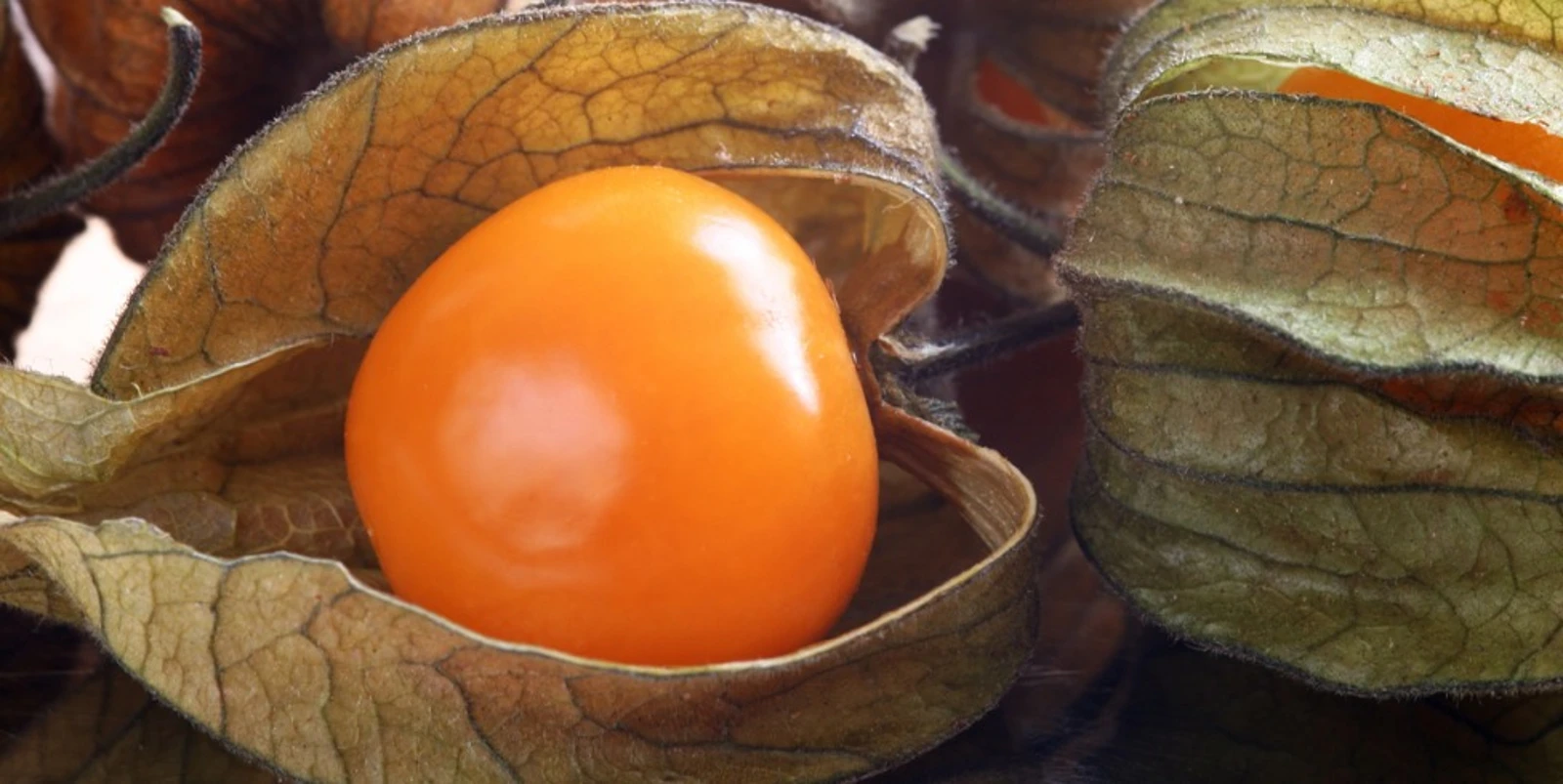
How CRISPR is being used: To create compact plants with less sprawling bushes, larger fruits that can ripen at the same time, higher vitamin C levels, resistance to bacterial spot disease, fruits that stay attached to their stem better, resistance to salt, and more.
Timeframe: 3 years, compared to 10 with previous approaches
Improvement of domestication traits in Physalis pruinosa (groundcherry tomato)What it is: A productivity improvement in the genes that control the size of the plant, the size of the tomato, how many fruits are produced, and the plant architecture.
Who’s working on it: Lemmon et al.
Location: United States
Current Stage: Research complete - plant would be ready for market
What it is: A productivity improvement in the genes that control the size of the plant, the size of the tomato, how many fruits are produced, and the plant architecture.
Who’s working on it: Lemmon et al.
Location: United States
Current Stage: Research complete - plant would be ready for market
Domestication of Solanum pimpinellifolium (wild tomato)What it is: A 3x increase in size, 10x increase in number of plants surviving, and a 500% improvement in fruit lycopene accumulation.
Who’s working on it: Zsögön et al.
Location: European Union
Current Stage: Research complete - in trial stage
Tomatoes are one of the biggest successes of CRISPR foods, as so many experiments have been done. Check out this article to learn more about gene edited tomatoes.
What it is: A 3x increase in size, 10x increase in number of plants surviving, and a 500% improvement in fruit lycopene accumulation.
Who’s working on it: Zsögön et al.
Location: European Union
Current Stage: Research complete - in trial stage
Tomatoes are one of the biggest successes of CRISPR foods, as so many experiments have been done. Check out this article to learn more about gene edited tomatoes.
2. CRISPR mushrooms: stop them from browning
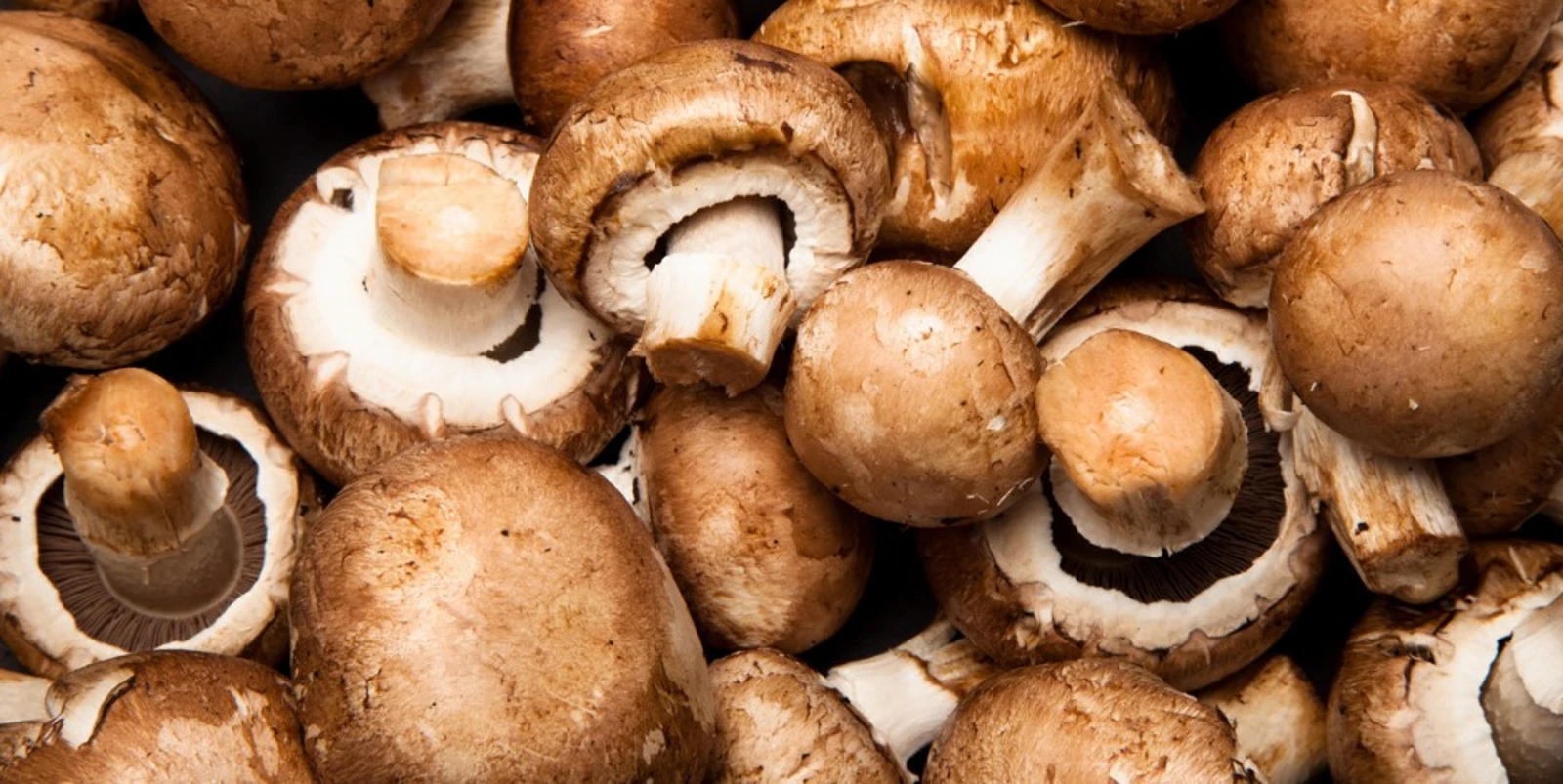
How CRISPR is being used: To alter the white button mushroom, preventing it from browning quickly and elongating its shelf life.
Timeframe: Instant modification compared to decades of work with traditional methods
Deletion of PPO genes in Agaricus bisporus (white button mushrooms)
What it is: A small deletion targeting the polyphenol oxidase (PPO) family of genes to prevent browning. A successful knockout of one of six PPO genes reduced browning activity by 30%.
Who’s working on it: Yinong Yang
Location: United States
Current Stage: Plant is ready for market and confirmed unregulated by the USDA - awaiting FDA approval
3. CRISPR rice: improving the yield
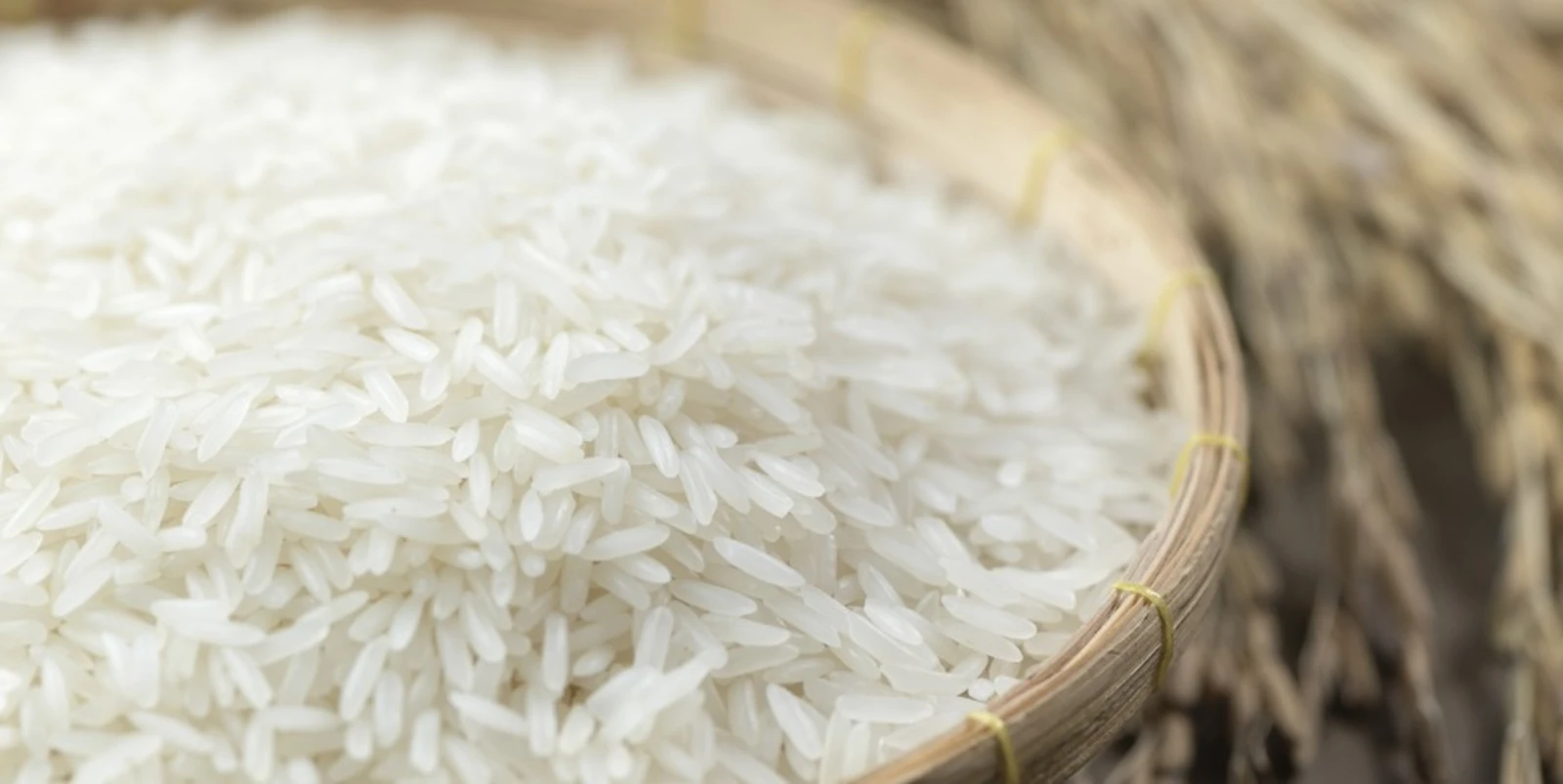
How CRISPR is being used: To improve crop yields in rice, a staple food for a significant number of the world’s population, yet one that is overly susceptible to negative environmental factors.
Timeframe: Modification of multiple genes at one time compared to decades of work with traditional methods
Mutations in a subfamily of abscisic acid receptors in rice
What it is: Mutations in a family of genes involved in sensing abscisic acid, a phytochrome that affects plant growth and stress responses. A subset of mutations in specific groups of genes resulted in a 25-31% increased grain yield in 2 tests performed in Shanghai & Hainan Island, China.
Who’s working on it: Miao et al.
Location: China
Current Stage: Research continued on additional varieties of rice
4. CRISPR citrus fruits: saving the oranges from greening
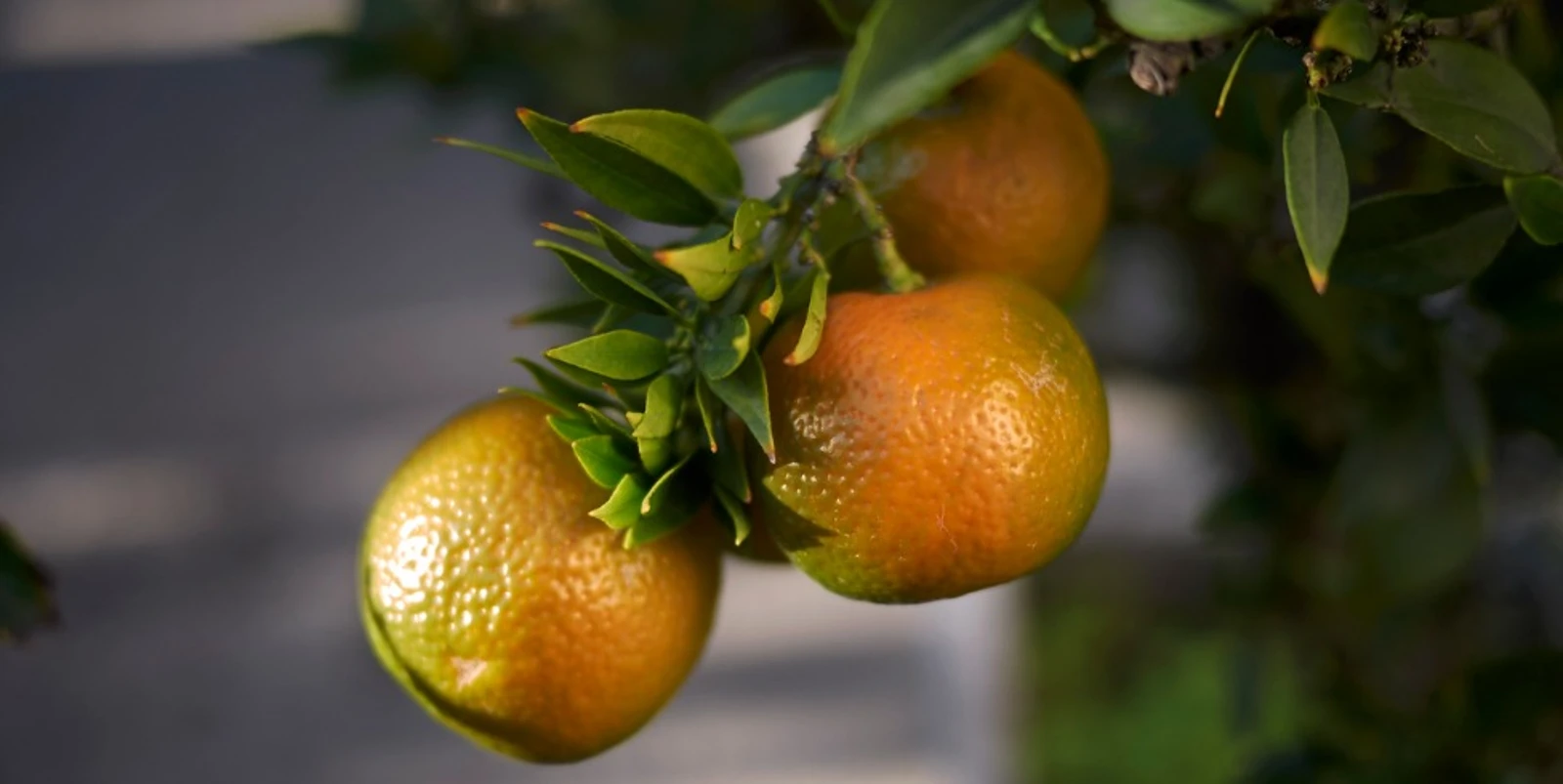
How CRISPR is being used: Oranges and other citrus foods are at risk from decimation due to the “citrus greening” disease. CRISPR could create a resistance to this disease, and save the industry which is at a complete risk of collapse.
Timeframe: Currently undetermined
Generating citrus varieties that are resistant to Candidatus Liberibacter bacteria
What it is: Research has already proven that CRISPR-Cas9 editing can be used to edit citrus species. Current research is using CRISPR to edit the genome of citrus, particularly oranges, and to use engineered viruses to attack C. Liberibacter before it can infect new crops.
Who’s working on it: Nian Wang
Location: United States
Current Stage: Currently being researched
5. CRISPR chocolate: saving the cacao trees
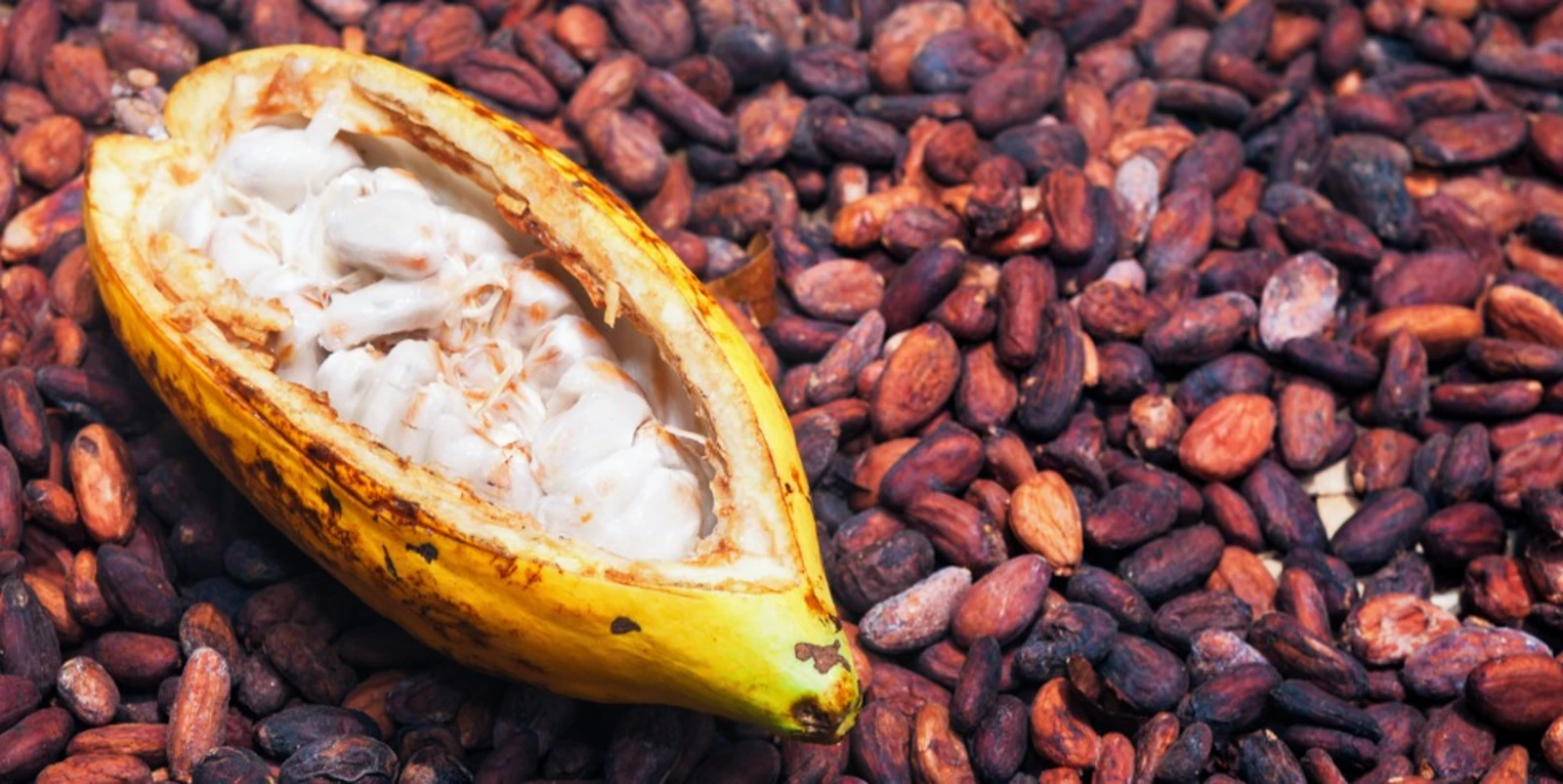
How CRISPR is being used: To modify the cacao plant to equip it with enhanced resistance to diseases, and ultimately to prevention eventual extinction.
Timeframe: Currently undetermined
Cacao plant modification to prevent the spread of Phytopthera tropicalis disease
What it is: CRISPR-Cas9 components are introduced into cacao leaves to knockout the gene TcNPR3. Leaves with disrupted TcNPR3 gene expression displayed increased resistance and expression of defense genes when infected with Phytopthera tropicalis.
Who’s working on it: Fister et al.
Location: United States
Current Stage: Proof of concept achieved. Additional research being done into other parts of the cacao genome that could allow additional resistance to disease and climate change if altered with CRISPR.
6. CRISPR wheat: removing the gluten
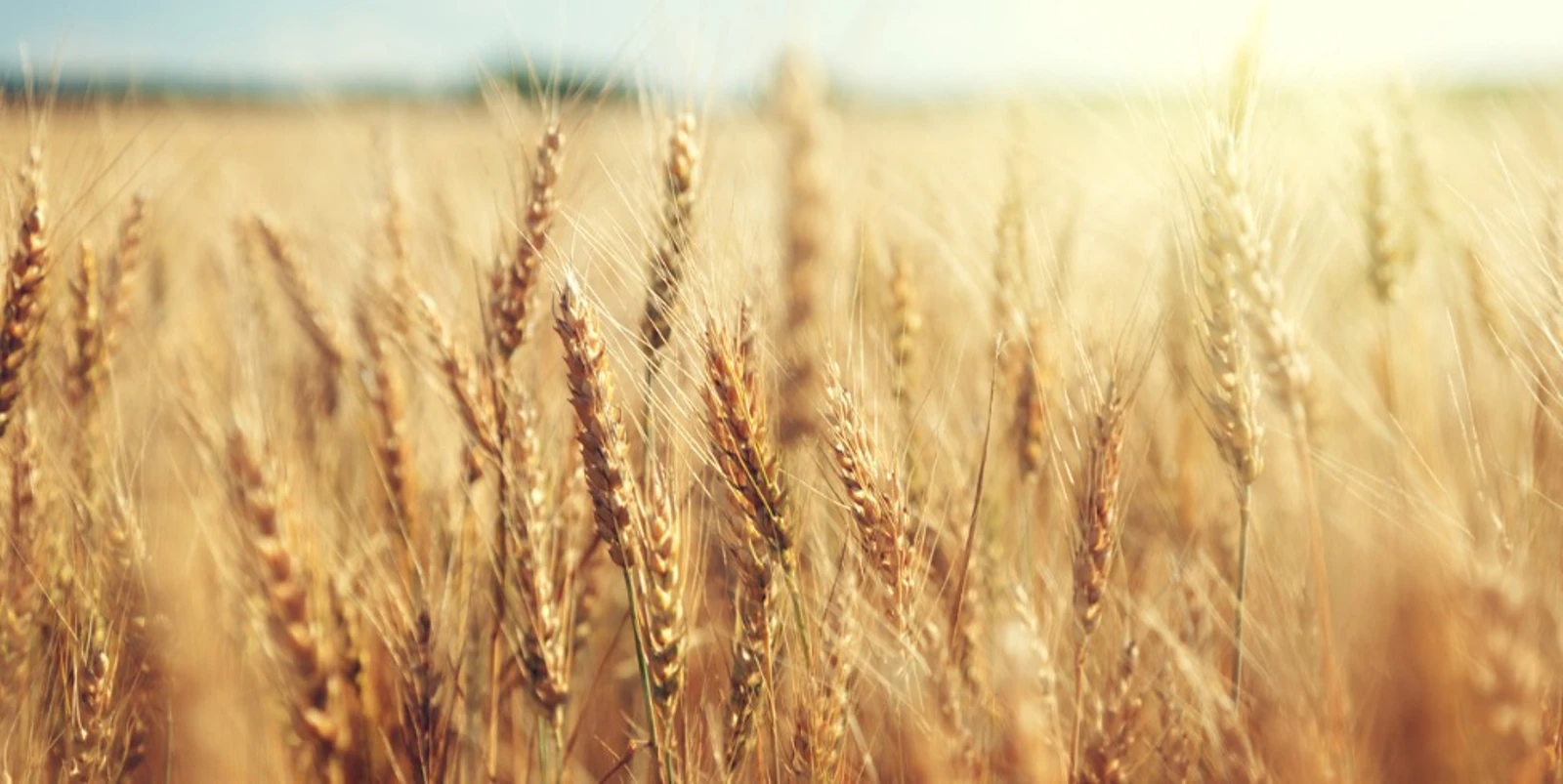
How CRISPR is being used: To create strands of wheat that do not contain gluten, allowing those with Celiac Disease to consume wheat varieties without immunoreactivity.
Timeframe: Success using CRISPR with simultaneous gene manipulation while no current success using breeding/GMOs
Manipulation of α-gliadin gene in wheat to reduce gluten content
What it is: An 85% reduction in immunoreactivity, and a successful mutation of 35/45 genes of the wild species of wheat to produce a transgene-free, low-gluten species of wheat.
Who’s working on it: Sánchez-Léon et al.
Location: European Union
Current Stage: Research complete - in trial stage
18 other CRISPR-modified foods coming in the future
The crops listed below are currently being studied, and are at various stages of research, development, and production. It should be noted that anything on this list would be deemed acceptable by the USDA, though none have yet been approved by the FDA for consumption.
| Crop | Purpose of CRISPR Alteration | Current Stage? |
| Apples | In stores | |
| Cabbage | Was produced and eaten prior to EU ruling | |
| Coffee |
Natural decaffeination to stop the expense of removing caffeine from coffee beans |
Awaiting global regulatory approval |
| Corn |
Non-transgenic improved crop yields |
Awaiting regulatory approval for experiment |
| Wine (grapes) |
Resist powdery mildew that affects sugar levels |
Achieved proof of concept |
| Bananas |
Fighting a deadly banana fungus, and extending shelf life |
Achieved proof of concept |
| Soybeans |
Drought tolerance, seed oil composition improvement, and herbicide tolerance |
Achieved proof of concept |
| Potatoes |
Non-browning when sliced, longer shelf life |
Achieved proof of concept |
| Cotton |
Reduce the length and risk of loss during the cultivation process |
Achieved proof of concept |
| Canola | Achieved proof of concept | |
| Papaya |
Gain resiliency to new tropical pests and abiotic stresses |
Achieved proof of concept |
| Squash, Gourds, Melon, Watermelon |
Resistance to Geminiviridae virus that significantly decreases yields |
Achieved proof of concept |
| Alfalfa |
Change squamosa promoter binding protein gene to improve future breeding |
Achieved proof of concept |
| Casava |
Resistance to Cassava Brown Streak Virus (CBSV), increase yield, and produce a waxy, starch-like substance |
Achieved proof of concept |
| Sugarbeet |
Increased tolerance to biotic and abiotic stresses, enhance tolerance to salt |
Achieved proof of concept |
This is a list of the popular foods that scientists have focused on for a variety of reasons, but there are more out there, and new CRISPR crops are being studied and cultivated every day. With these new advancements cropping up quickly, what will their impact be on human civilization?
Common Farming Challenges That CRISPR in Agriculture is Overcoming
CRISPR advancements in agriculture provide a safe way for humans to combat the dozens of threats targeting their crops and production. Some of these threats are minor, but if fixed, would result in much higher yields of food and less food waste. Other dangers are more severe including widespread starvation.
Here are the main problems the application of CRISPR science can begin to solve in the world of agriculture:
Resistance to the environment

- Weather resistance - During each growing season, many crops are lost due to poor weather. CRISPR can make plants more resistant to rain, wind, and storms, which would help increase yields at season end.
- Drought resistance - Similar to too much rain, not enough water causes many plants and livestock to be lost. Drought-resistant organisms would increase yields.
- Pest resistance - Insects and other pests destroy many crops; small changes in the genetic makeup of a plant could prevent it from coming to harm because of its regular pests.
- End global use of pesticides - Pesticides also release harmful toxins that poison certain organisms while trying to protect others. With CRISPR, we could end or significantly limit the amount of pesticides that are used.
Improve produce longevity and nutrition
- Produce that doesn’t bruise or brown - In the United States, almost half of all produce purchased is thrown away before being consumed! CRISPR would increase the shelf life of the products you buy in the store, save you money by preventing the need to buy more food when your produce goes bad, and cut down on unnecessary food waste.
- Produce with better nutritional value - Nutrition would be improved with CRISPR vegetables, fruits, or grains, helping some combat metabolic diseases such as obesity and diabetes; the people afflicted would be able to enjoy the same foods as everyone else!
- Produce that doesn’t bruise or brown - In the United States, almost half of all produce purchased is thrown away before being consumed! CRISPR would increase the shelf life of the products you buy in the store, save you money by preventing the need to buy more food when your produce goes bad, and cut down on unnecessary food waste.
- Produce with better nutritional value - Nutrition would be improved with CRISPR vegetables, fruits, or grains, helping some combat metabolic diseases such as obesity and diabetes; the people afflicted would be able to enjoy the same foods as everyone else!
Helping those with allergies and sensitivities enjoy food
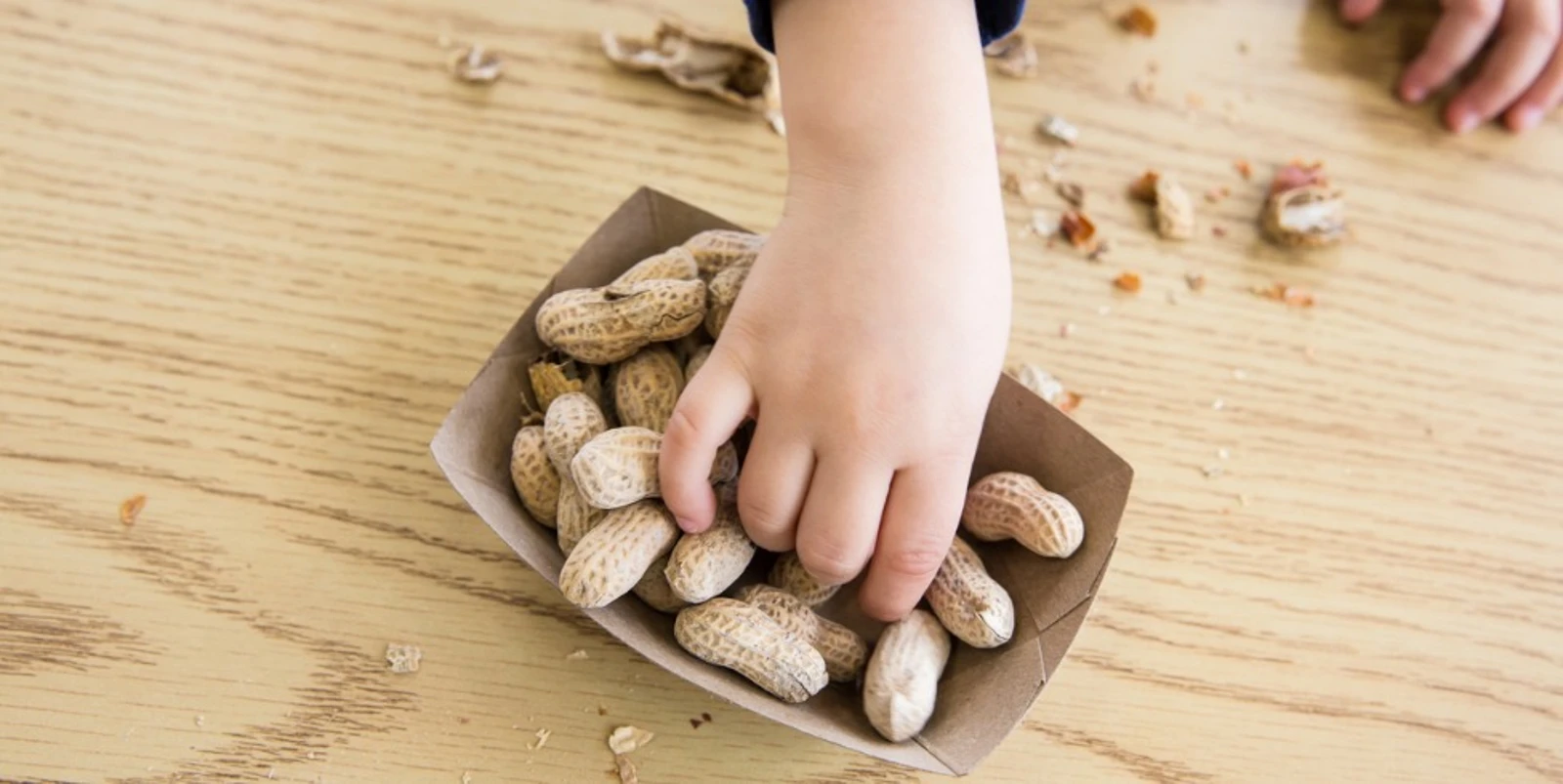
- Hypoallergenic nuts - Imagine nuts that can be brought into schools so children with allergies aren’t at risk! CRISPR can achieve this, allowing more people to enjoy this protein-packed healthy snack.
- Gluten-free wheat - On average, gluten allergies affect about 1% of the global population worldwide. The manufacturing of gluten-free wheat could provide the nutritional benefits of wheat without affecting people’s Celiac Disease or other gluten-related disorders.
Counter the effects caused by global warming
- Livestock illness due to high temperatures - Increased average temperatures cause livestock to become ill, as they often cannot thrive in conditions they aren’t used to. With CRISPR, livestock can be slightly altered to allow them to be more comfortable in higher temperatures, preventing increased losses of animals, and the other foods they produce (milk, eggs, etc.).
- Protect animals from diseases that spread to humans - In addition to general sickness, increased temperatures due to global warming allow certain pathogens to spread more easily. Common problems include the spreading of tuberculosis through cows - something that could be avoided with disease resistance provided by CRISPR.
- Presence of weeds - Another issue caused by global warming is the increased range of weed species that thrive due to elevated carbon dioxide concentrations, pulling the life away from foods that offer us nutritional value. The ability to help plants hang onto the nutrition they need in the presence of weeds is something gene editing agriculture can help with.
- Livestock illness due to high temperatures - Increased average temperatures cause livestock to become ill, as they often cannot thrive in conditions they aren’t used to. With CRISPR, livestock can be slightly altered to allow them to be more comfortable in higher temperatures, preventing increased losses of animals, and the other foods they produce (milk, eggs, etc.).
- Protect animals from diseases that spread to humans - In addition to general sickness, increased temperatures due to global warming allow certain pathogens to spread more easily. Common problems include the spreading of tuberculosis through cows - something that could be avoided with disease resistance provided by CRISPR.
- Presence of weeds - Another issue caused by global warming is the increased range of weed species that thrive due to elevated carbon dioxide concentrations, pulling the life away from foods that offer us nutritional value. The ability to help plants hang onto the nutrition they need in the presence of weeds is something gene editing agriculture can help with.
Helping mankind physically and economically
- Put the power into small businesses - Because CRISPR is more economical compared to traditional GMOs and gene-modification processes, small agricultural farms can harness this technology. This can also keep the world of biotech in touch with the farming industry, harnessing community relationships between industry and small-business agriculture.
- Ending starvation - A combination of many of these factors described above, including higher crop yields and stronger, longer-lasting produce can help mitigate the mass starvation that humans are facing as they reach their carrying capacity.
Now that you understand the impact this technology has the potential to make, let’s review the difference between what researchers plan to do with these foods using CRISPR, and what traditional genetic modification has done in the world of agriculture.
- Put the power into small businesses - Because CRISPR is more economical compared to traditional GMOs and gene-modification processes, small agricultural farms can harness this technology. This can also keep the world of biotech in touch with the farming industry, harnessing community relationships between industry and small-business agriculture.
- Ending starvation - A combination of many of these factors described above, including higher crop yields and stronger, longer-lasting produce can help mitigate the mass starvation that humans are facing as they reach their carrying capacity.
Now that you understand the impact this technology has the potential to make, let’s review the difference between what researchers plan to do with these foods using CRISPR, and what traditional genetic modification has done in the world of agriculture.
Genetically Modified vs Gene Edited Crops: Is There a Difference?
If you are confused by what the difference between genetically modified versus genetically edited is, you are not alone. People use them interchangeably to describe crops created by non-traditional breeding methods. This has contributed to the mass confusion of its definition and has led to controversy and stigma surrounding genetically altering crops and food sources.
There are subtle yet meaningful differences between the classifications of genetically modified versus gene edited. Ignoring these differences can cause mass panic, especially with the prospect of CRISPR foods coming to the market in the near future. Genetic modification is an umbrella term describing changing an organism’s DNA through a variety of different methods. These methods could include forced selection or introducing mutations, but also introducing foreign DNA into the crop genome. Introduction of DNA by these methods could result in random integration in the genome, leaving scientists lost as to where the modification occurred, which is scary. Gene editing is a type of genetic modification of a targeted locus to obtain a very specific result. In gene editing methods, such as CRISPR, the genome is edited in a very specific location, thereby addressing the disadvantage of random integration seen in genetic modification.
Still not sure if GMO is gene edited and vice versa? Keep in mind that genetic modification and gene editing are closely related and not mutually exclusive, making it difficult to define them. We have created a table outlining the major areas where they are distinguishable with real examples of the gene editing taking place within current CRISPR research.
| Genetically Modified (GMOs) | Gene Edited (CRISPR) |
| Less accurate - the change is initiated in a random location in the genome | Highly accurate - targeted gene editing in the exact spot where a change is needed in the genome |
| DNA can be exotic - the genes placed in the genome may be synthetic or taken from another species Example: You transfer genes from one species to another to endow the organism with pest resistance |
DNA is native - DNA that is already a part of the organism is removed (cut out) or altered (edited) Example: You rewrite an organism’s genetic code to make it less susceptible to pests |
| The alteration would never have happened naturally through evolution Example: A cow developing wings and learning to fly |
The alteration could have occurred naturally through evolution Example: A cow developing resistance to tuberculosis |
| U.S. regulation is rigorous due to the potential impact cross-species modification has Timeline for research, product development, and regulation: 5-10 years |
The U.S. does not (currently) regulate techniques that mimic a natural process Timeline for research, product development, and regulation: 3-5 years |
| Highly expensive - only larger companies can benefit | Extremely cost effective - small farming operations can utilize the technology |
Democratizing CRISPR: What’s regulated, and What’s in Store for the Future?
On 22 March 2018, the USDA ruled that they do not currently regulate, nor have future plans to regulate plants that could have been developed through natural breeding techniques, and consider gene-edited organisms such as CRISPR plants distinct from GMOs that do not mimic natural processes. However, efforts in labeling GMO foods are in the works.
In contrast, the European Union ruled on 25 July 2018 that gene-edited crops are considered the same as genetically modified organisms, and will be regulated in the same way. Rather than focusing on the element of natural change, the EU believes that the process of mutagenesis is what’s more significant, so if an organism is changed and any kind of mutation occurs, it should be regulated.
Even though what is regulated and what isn’t differs around the world, it is clear that CRISPR has accelerated the process of gene edited foods. Therefore it is likely that in the U.S. these crops will appear on the market for consumption much quicker than they will in other places around the world.
The success of CRISPR foods sparked the debate over “Frankenfood”, the idea that genetically modified/edited foods created in a lab will be developed for consumption, raising concerns that the average person won’t understand what has been done to their food. There is fear that the long-term health effects aren’t currently understood, and may have negative implications on human health.
The jury is still out on the complete safety of CRISPR-edited crops and foods. However, scientists believe that safety concerns will be minimal due to the high specificity and minimal off-target effects seen with CRISPR technology.
While the stigma of GMOs may not go away soon, it is important to note that not all GMOs are created equal. The advancements in agriculture, due to CRISPR, that address the growing problems in crop production caused by extreme climates and disease transmission are paramount to saving the diminishing industry.
As with any scientific breakthrough, gene editing and CRISPR can be beneficial if used intelligently and with extreme caution. With this is mind, do not be surprised if you see more buzz around CRISPR foods in the future.
Free CRISPR Consultation
Want to know how to optimize your CRISPR experiment to get guaranteed editing results? Schedule a free discovery call and project consultation with a genome engineering expert.

CRISPR 101 eBook
CRISPR has quickly become a standard laboratory tool for gene editing. As the adoption of CRISPR accelerates worldwide, up-to-date knowledge of the basics of CRISPR is essential for anyone in the field. From target identification studies to the recent breakthroughs in clinical trials, CRISPR is enabling scientists to unlock the power of the genome.
Download our CRISPR 101 eBook today to stay up to date on all your CRISPR basics and get the best results in your CRISPR experiments!



